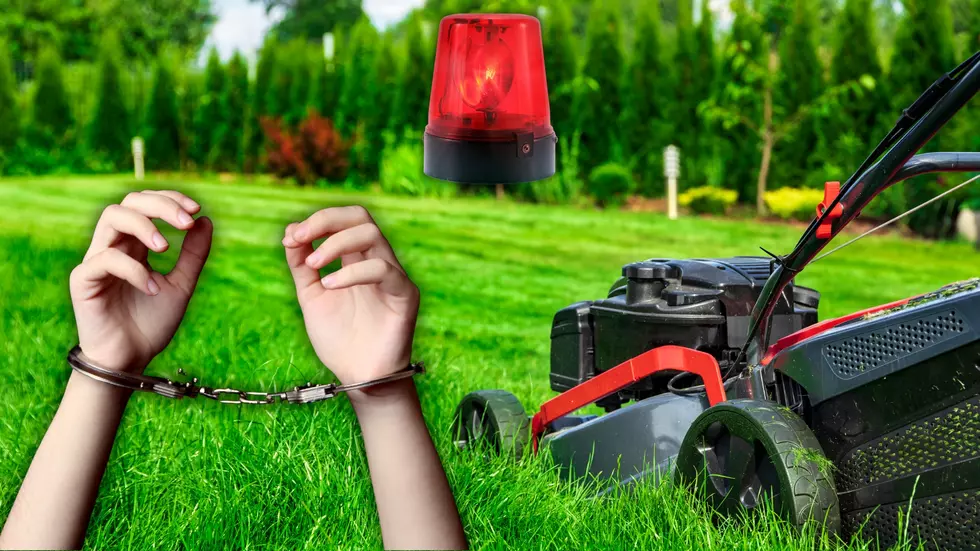
Drought Affects Herbicide Performance
This is from Susan Jonganeel at the University of Illinois
URBANA – The 2012 drought not only impeded the performance of herbicides used in corn and soybean, but the exceptionally dry conditions also reduced herbicide degradation.
University of Illinois associate professor of weed science Aaron Hager said that approximately two weeks ago, soil to initiate greenhouse bioassays was collected at Urbana, Brownstown, and Perry from plots used for weed-control experiments in 2012.
“Our goal was to conduct these assays to improve our understanding of how the dry conditions have impacted herbicide degradation in soil,” he explained. “Using our research plots allowed us to sample from areas where we knew what had been applied, when the application was made, the rate of herbicide applied, and precipitation amounts received before and after herbicide application. We also collected soil samples from non-treated control plots.”
The soil collections were placed in greenhouse pots. Half the pots were sub-irrigated for 7 days prior to planting corn, soybean, or wheat, while the other pots were sub-irrigated only after planting.
Crop species emerged within 7 days after planting. Emerged wheat growing in soil collected at Perry began to demonstrate symptoms of injury from some herbicides within a few days after emergence (Figure 1), suggesting that herbicide residues remain high enough to cause injury to the crop. Injury symptoms have not developed on emerged wheat growing in soil collected from Urbana and Brownstown.
Hager noted that bioassays conducted with field-collected soil provide an estimate of whether herbicide residues are high enough to injure rotational crops but do not quantify the amount of herbicide remaining in the soil.
“We recognize that indoor bioassays are not infallible, so we also implemented field bioassays in the same plots from which we extracted the soil collections used in the greenhouse bioassays,” Hager said. Results of the field bioassays will be disseminated as they become available.
Hager also noted that each of the herbicides included in the greenhouse bioassay have rotation intervals for wheat, and that these intervals were not satisfied at the time the soil was collected from the fields.
“If you plan to sow wheat in fields where herbicide was applied in 2012, be sure to check the label of each herbicide for information on rotational intervals,” he advised. “Most rotational intervals are based solely on time, but rotational intervals for some herbicides can be lengthened based on other factors, such as soil pH values or droughty conditions.”
Hager said that the recent rainfall across much of Illinois will help promote herbicide degradation, but it is unlikely that it has eliminated the risk of herbicide carryover in all areas of the state. Even with the recently elevated soil moisture, herbicide degradation takes time.
“In fields where there is no risk of herbicide carryover, be sure to control any existing weed vegetation before planting wheat,” he said.
More From KHMO-AM 1070, News-Talk-Sports









